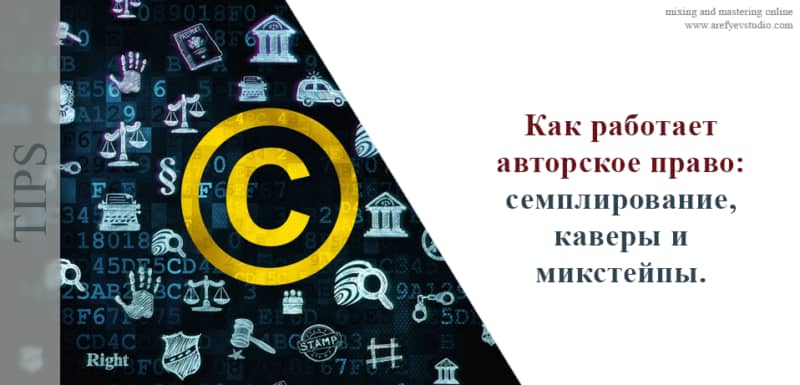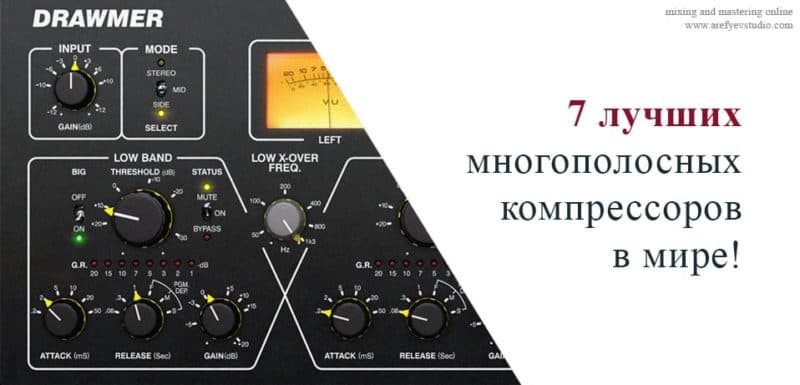You probably saw the words “All rights reserved” in the notes on the CDs or in the iTunes Purchase Agreement. What rights do these words give to their owner?
You can identify some of them:
- music and recording copyrighted
- The author reserves the right to copy, distribute and sell music
- allows others to pay for its use and prohibits the creation of unauthorized copies
But which elements are precisely protected? Why do you hear songs edited by famous artists while others get lawsuits for it? How to make a commercial free cover or mixtape? This article is intended to provide a clearer picture of protection, and how to legally use copyrighted material, with or without permission.
Composition versus master record
Let’s define the differences between musical compositions and musical recordings and how the law interprets them differently.
A composition, which can be otherwise called a song, is a piece of music that exists in its conceptual form. Since 1976, it is no longer required to record it for registration with the US Copyright Office. In the absence of written work, the best definition is the number of elements, including melody, lyrics, rhythm and harmony, in which the melody and lyrics are the most protected.
A music recording, also called a “master recording”, is defined as a stereo recording of sound in its mastered / mixed format, intended for commercial release.
— See also: New Presets for the Xfer Serum Synthesizer —
How to use protected material
The law interprets musical compositions and master recordings in different ways. Musical composition is considered in the eyes of the law as equal to all other works; they all receive equal compensation at the rate set by the government. For example, if you record your friend’s group on an album, that friend is entitled to the same compensation as if you invited Katy Perry, Nelly Furtado or Taylor Swift.
Musical compositions do not require permission to play them. However, if you decide to use someone else’s work for commercial purposes, you have to pay for it (the amount may vary, depending on the artist / label / group). In addition, a mechanical license is required, which stipulates that you pay 9.1 cents (for US rights, the minimum rate may differ in Russia) for a sold copy paid to the copyright holder.
If you work with streaming music transfer services, the mechanical collection is more complicated, but as long as you pay tribute to the originator when you unload the work. The service will make the calculation for you.
On the other hand, master records are governed by a different set of laws. In order to use the recording for commercial purposes, the owner of the recording (usually a record company) must provide a license permit.
The cost of a license is not determined by the government, but is based on an agreement between the copyright holder and the person licensing the record. In other words, the owner can charge whatever he wants for using the recording, including fetching or using the recorded music in films or television shows.
Sampling
The most common problem composers face is due to the unauthorized use of copyrighted material. In the early 90s, a whole series of lawsuits took place on samples of hip-hop style. Since then, no recordings can be used for commercial purposes if the copyright holder does not give permission (including the use of samples in dance styles and their further sale on Beatport. According to these laws, labels require only unique sounds that are not related to third parties).
If a musician samples a recording and cannot pay for it, the sample must be cut out of the melody. Famous records can even cost $ 50,000 or more per piece. In the case of non-commercial use and the plaintiff applies to the record label, the seller must withdraw the record from the sale and compensate for the damage with all royalties.
If you and your producer use an unauthorized sample, you will be hooked for copyright infringement, regardless of whether you know that it is protected or not. Therefore, be wise: check before use, or better, create your own tunes!
Interpolation
When a composer or producer cannot get permission to use or they don’t have enough money, they can overwrite elements, such as a melody or lyrics, to create a sampling effect without using a master record. This is called interpolation and may be a cheaper alternative. Yes, this still requires the purchase of a mechanical license and reimbursement to the author, but it is almost always cheaper than negotiating a recording fee, since they are all compensated in accordance with the law.
Fair use
Fair use is a set of exceptions to U.S. copyright law that allows you to partially copy copyrighted works for educational purposes, in newsletters, and in other informational contexts without payment or permission (by the way, this also applies to YouTube’s rules).
If the composition is transformed into a completely new work, such as a parody song, then it is exempted from copyright. But according to the principles of fair use, borrowed work should not take the profit of the original work and cannot serve as its replacement.
For example, a cover of “Weird Al” by Yankovic may qualify as fair use, but nevertheless he (Yankovic) received written permission for a parody. The process of filing a lawsuit for violation of rights can take a lot of time and cost a lot, even if the court rejects it.
— See also: What is sound normalization and how to apply it? —
Some people believe that pirate sampling in hip-hop is conscientious, as the album is not sold anywhere. This is not true. If you distribute copies of other people’s records for free, then there is the potential for lowering the profit of the original work. Therefore, mixtape artists cannot justify themselves with styling accessories or historical facts.
Musical copyrights protect the recordings differently than the music contained in the recording itself. Words, melody, rhythm and harmony can be used without permission, but should still be marked and paid. All operations require written permission from the author of the source.
The copyright owner can charge whatever he wants for using a copyrighted record. There are some exceptions that allow the legitimate use of copyrighted works without payment or permission. But these exceptions rarely can protect the new creative work of commercial artists, even if they are used for non-commercial purposes.
If you have created a unique work and do not want its unauthorized distribution on the Internet, order mixing and mastering of music in our studio. We take care of intellectual property and guarantee the performance of work without the participation of third parties.



